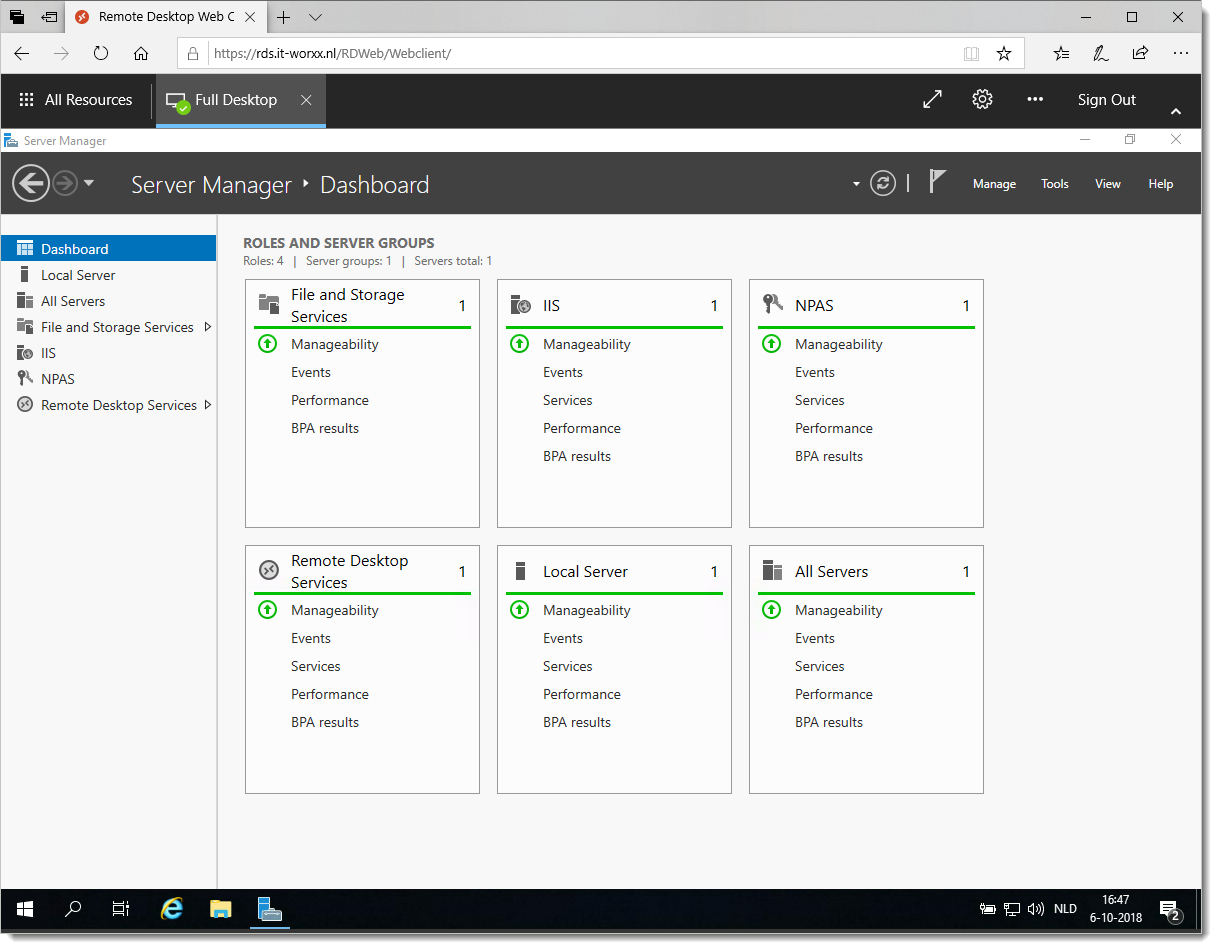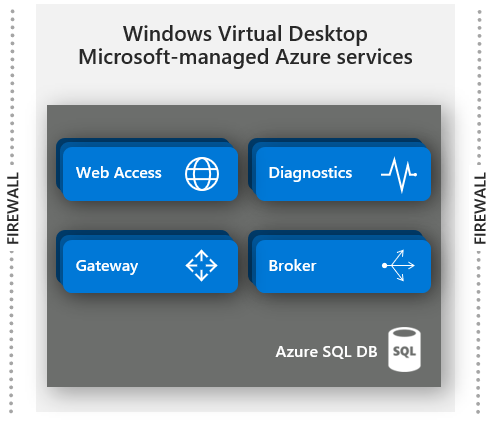Mar 03, 2020 With Server 2008 EOL we've upgraded from three terminal servers in a farm to one terminal server running Windows Server 2019. We have 40 remote desktop users spread across North America We've fed the server more resources to account for the larger user load, there is plenty of cpu and memory to spare, but we still have some users in scattered. With the Windows Server 2008 operating system, the terminal server feature that we frequently use with Windows Server 2012 was edited with RDS and started to be offered as Remote Desktop Services under the Server manager. How to setup and configure RDS for Windows Server 2019, in this article, I will be telling you about this service.
- See Full List On Cloudblogs.microsoft.com
- Microsoft Teams Rds 2019
- Remote Desktop Services 2019 Generally Available With Windows ...
User Profile Disks are promising but prove to be unstable in oractice. We often run into issues with the disks being locked and oreve ting user login, as well as slow login times

Unfortunately, without implementing roaming profiles at the AD level or doing some janky registry hacks, using some sort of UPD is the only option here. However, look into FSLogix as this can be used to enhance the UPD experience.
With FSLogix you could implement profile containers for the entire user profile, or just an Office container for Office settings, including Outlook.
See Full List On Cloudblogs.microsoft.com
Regardless of which direction you go with, I strongly recommend 10Gb networking between the hosts and the file server where user data is stored. This will help with login times, siince you're essentially setting up shared storage to a certain extent (you wouldn't throw your VM iSCSI storage on a slow 1Gb network would you?)
-->
Applies to: Windows Server (Semi-Annual Channel), Windows Server 2019, Windows Server 2016
Below are various configurations for deploying Remote Desktop Services to host Windows apps and desktops for end-users.
Note
The architecture diagrams below show using RDS in Azure. However, you can deploy Remote Desktop Services on-premises and on other clouds. These diagrams are primarily intended to illustrate how the RDS roles are colocated and use other services.
Standard RDS deployment architectures

Remote Desktop Services has two standard architectures:
- Basic deployment – This contains the minimum number of servers to create a fully effective RDS environment
- Highly available deployment – This contains all necessary components to have the highest guaranteed uptime for your RDS environment
Basic deployment
Highly available deployment
RDS architectures with unique Azure PaaS roles
Though the standard RDS deployment architectures fit most scenarios, Azure continues to invest in first-party PaaS solutions that drive customer value. Below are some architectures showing how they incorporate with RDS.
RDS deployment with Azure AD Domain Services
The two standard architecture diagrams above are based on a traditional Active Directory (AD) deployed on a Windows Server VM. However, if you don't have a traditional AD and only have an Azure AD tenant—through services like Office365—but still want to leverage RDS, you can use Azure AD Domain Services to create a fully managed domain in your Azure IaaS environment that uses the same users that exist in your Azure AD tenant. This removes the complexity of manually syncing users and managing more virtual machines. Azure AD Domain Services can work in either deployment: basic or highly available.
RDS deployment with Azure AD Application Proxy
Microsoft Teams Rds 2019
The two standard architecture diagrams above use the RD Web/Gateway servers as the Internet-facing entry point into the RDS system. For some environments, administrators would prefer to remove their own servers from the perimeter and instead use technologies that also provide additional security through reverse proxy technologies. The Azure AD Application Proxy PaaS role fits nicely with this scenario.
Remote Desktop Services 2019 Generally Available With Windows ...
For supported configurations and how to create this setup, see how to publish Remote Desktop with Azure AD Application Proxy.
